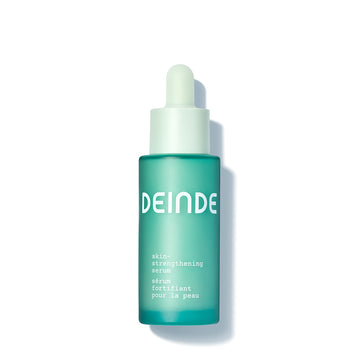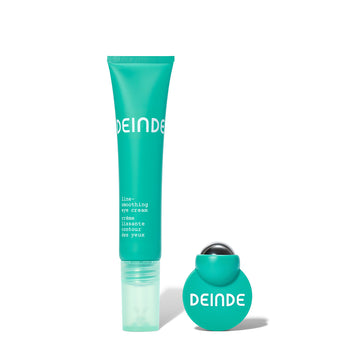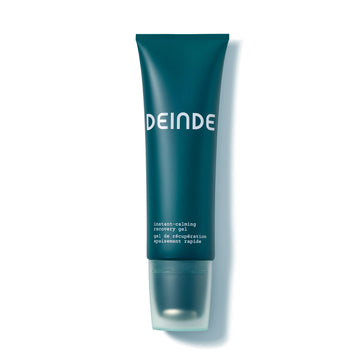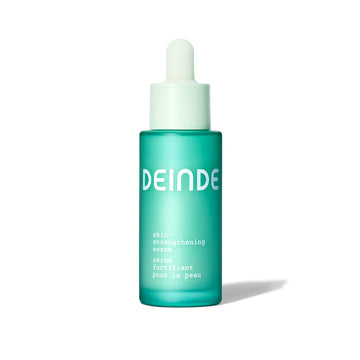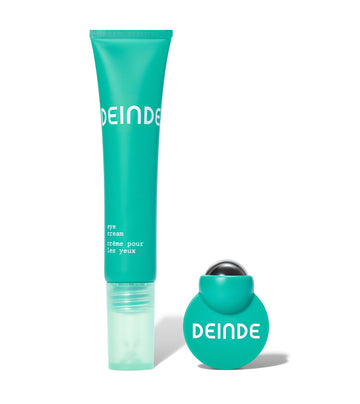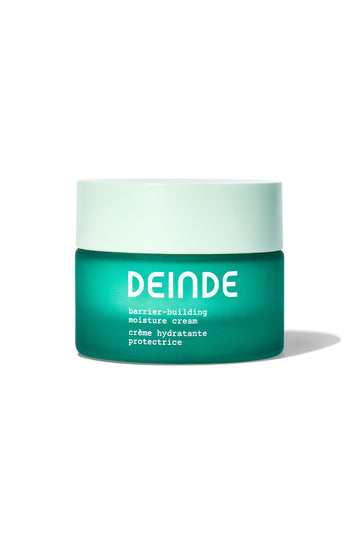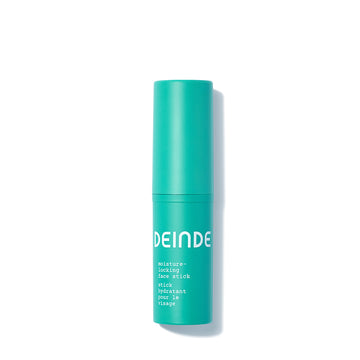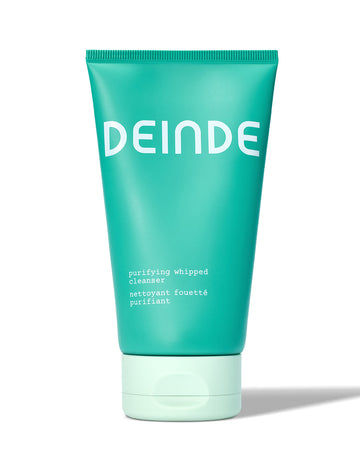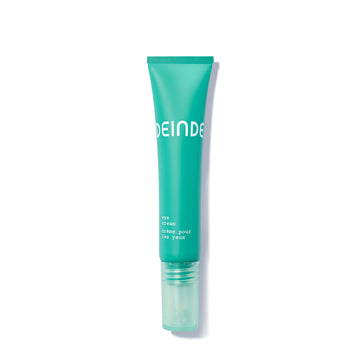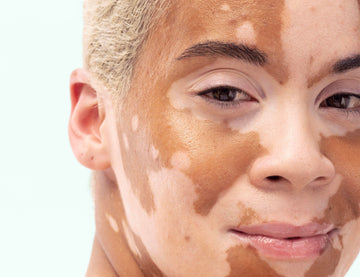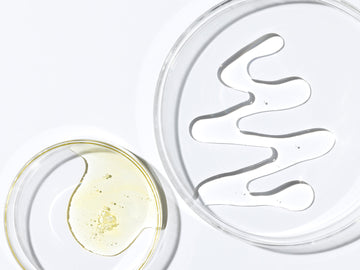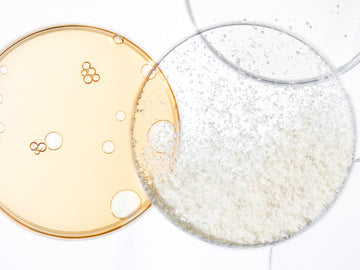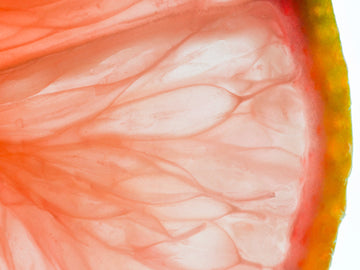
Sustainability from the Inside Out: Biotech As The Future of Beauty
Developing a line of skincare products is an art and a science. Equal parts understanding gaps in the market and delving into how skin reacts with different formulations, there’s a lot more than meets the eye to your tried-and-true skin essentials. As brands face increasing pressure to invest in sustainability — however they may define it — it’s helpful to take a step back and consider how complex it is to produce, say, a cult-favorite Glycolic Acid Toner.
For a look into how involved integrating sustainability in beauty can be, let’s follow the founder of a theoretical brand with Glycolic Acid as their hero ingredient. They are just starting to develop their product offerings with initial, but limited funding. Note that this is a simplified example.
After realizing that it was too costly to source ingredients, manufacture, and produce locally, they outsourced to a well-known manufacturer abroad. That manufacturer, well-intentioned, purchases their ingredients from a variety of global suppliers. These suppliers serve as a sort of middlemen to farmers growing crops like sugarcane, the source of glycolic acid. Just this one ingredient will pass through many hands before reaching a final packaging facility: the sugarcane needs to be harvested, then processed, then fermented to become glycolic acid before being mixed with other ingredients for the Toner.
The journey of this single ingredient gives a glimpse into both the impact and complexity of a product’s supply chain. Sourcing ingredients at a global scale results in substantial land and water use — not to mention the carbon intensity of transportation and varied efficacy from the raw supply.
So — where do we go from here when we talk about sustainability in the beauty industry?
Enter Biotech
Biotech is emerging as the answer to many of these complex sustainability questions. Shifting from a reliance on complex supply chains to lab-developed, safe iterations of the same compounds can completely reimagine the beauty space as we know it.
Biotech — the intersection of biology and chemistry — in the beauty realm refers to lab-grown and designed microbes. These cells are grown and optimized through a fermentation process to reach certain goals like purity and titers (output of ingredient / liter).
When brands create sustainability targets, they first look towards levers that exist outside of the ingredient sphere: packaging, offset programs, non-profit partnerships, etc. While these efforts are important in their own right, biotech creates an opportunity to make ingredient considerations across a product portfolio attainable. Beforehand, mapping out a complex supply chain was costly, tedious, frustrating, and unrealistic.
→ Transparent, Ethical, and Traceable Supply Chains
As biotech ingredients become more commonplace and scalable, we imagine formulations will become either majority or entirely biotech based. When mapping out supply chains, brands will be able to directly point to their sources with confidence and transparency that is rare to achieve today without significant effort, investment, and capital. With wide-scale application, biotech can ease pressures on vulnerable, yet industry-beloved ingredients like sandalwood.
→ Efficacious Formulations
When ingredients are sourced in the wild, their quality will vary due to seasonality, harvest, and within batches. Biotech allows for optimized enzyme expression, metabolic pathways, and scalable production to ensure high-quality, high-potency ingredients time after time.
→ Reduced Land, Water, and Energy Footprint
Biotech radically shifts reliance away from ingredients with high cultivation footprints or that are vulnerable.
Take for example grapefruit, the source of Naringenin, our hero ingredient at DEINDE. Applying a biotech approach to Naringenin uses 99.6% less water and 99.9% less land.* A precise fermentation process yields exceptionally high purity Naringenin that can be processed more quickly than an extract via cultivation. In a sterile lab — a standard in biotech — there is never fertilizer or pesticides.
*Note that the above numbers were case studies carried out using Naringenin cultivation from grapefruits vs. a standard Debut bio fermentation process. A full life-cycle assessment will be conducted in 2024.
In our eyes, biotech is the next evolution of “clean beauty” — an opportunity to truly question and improve where and how our ingredients are created. We believe biotech changes the game in a traditionally extractive industry and sets a new standard of sustainability that starts at the complex formulation level.
Learn more about Debut Biotech


